Here’s a brief story about a dimmer pack.
The DP415R was brought in for repair because the lamps stopped lighting up after the power was turned off.
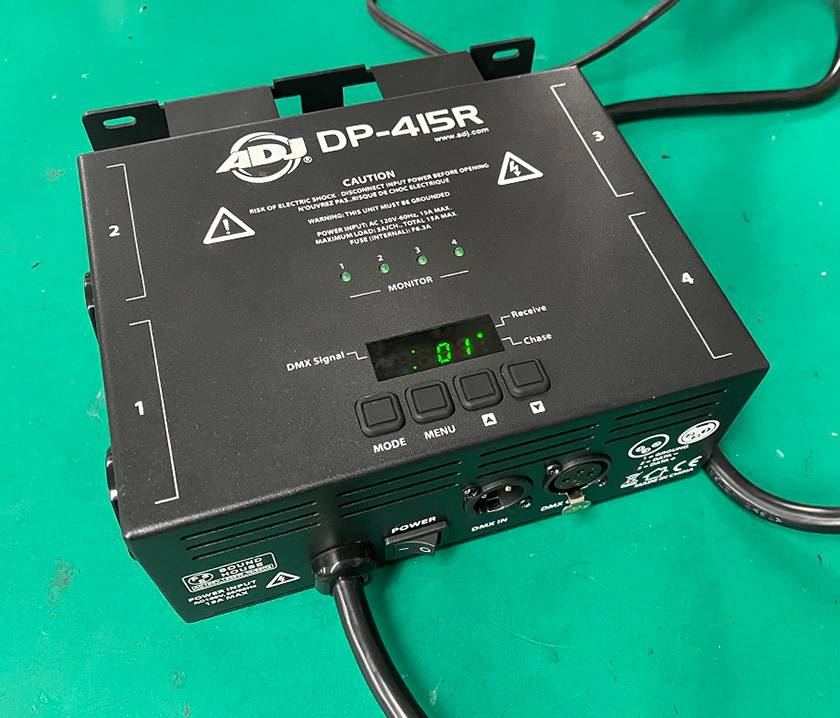
When I checked its operation, the lamps didn’t light up.
I then checked the internal circuit board↓
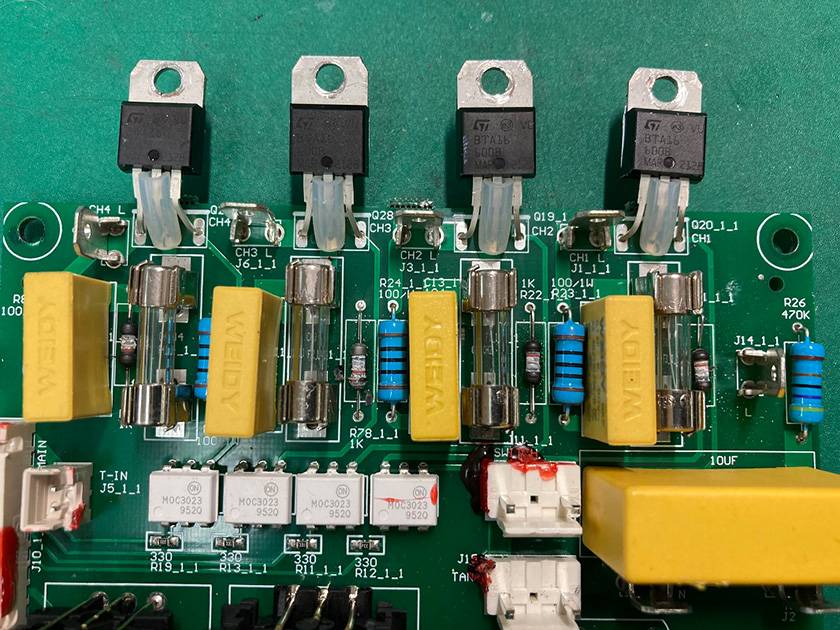
Surprisingly, all the resistors and fuses from channel 1 to 4 showed signs of burning.
You might think this was due to poor quality or a defective board, but under normal usage, this shouldn’t happen. There was a clear reason for this.
■ The Difference Between Halogen Lamps and LED Lamps
The main difference between these two types of lamps lies in whether they use AC or DC power for illumination.
In halogen lamps, AC power can directly flow through the filament to illuminate.
In LED lamps, the LED diode, the illuminating part of the lamp, requires DC power and only allows current to flow in one direction. If the direction of the current is incorrect, the diode can burn out and get damaged.
Therefore, LED lighting typically includes a device to convert AC to DC power.
Since dimmer packs use phase control, they manipulate the timing of illumination by adjusting the AC power phase. This phase manipulation distorts the power waveform, affecting circuits such as the AC/DC conversion device in LED lighting, leading to an overload condition. The surge current to the circuit can exceed the maximum rated current. In short, this directly damages the dimmer pack circuit.
For more on phase control, refer to my previous post, “Is a Dimmer Pack Not a Power Strip?”
In the case of the DP415R we received for repair, the owner confirmed that multiple LED lamps were connected.
■ Conclusion
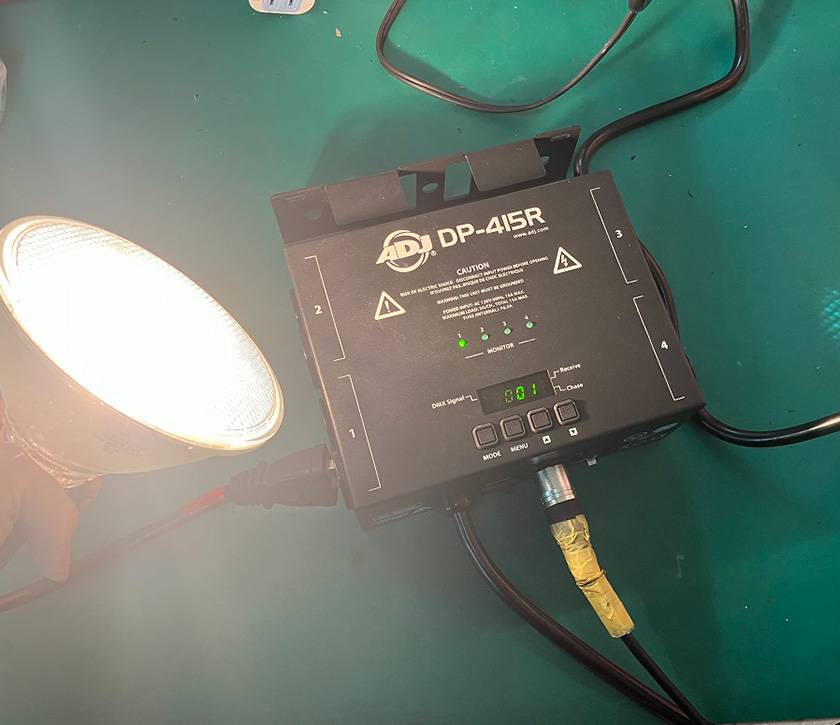
Household LED lamps are typically designed to be plugged into outlets, leading people to believe they can also be connected directly to a dimmer pack.
However, if you don’t understand their characteristics and structure, it can lead to malfunctions like this.
When connecting lighting equipment to dimmer devices, always ensure they are compatible with dimmers.
I hope you use electrical equipment with the correct knowledge.
Thank you for reading.






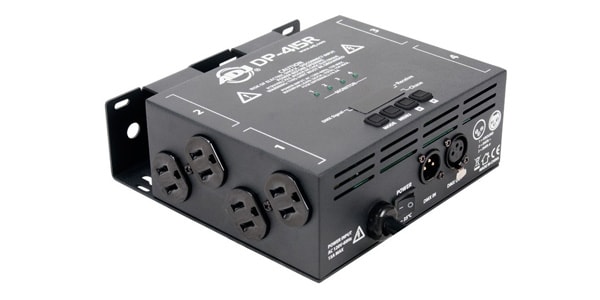




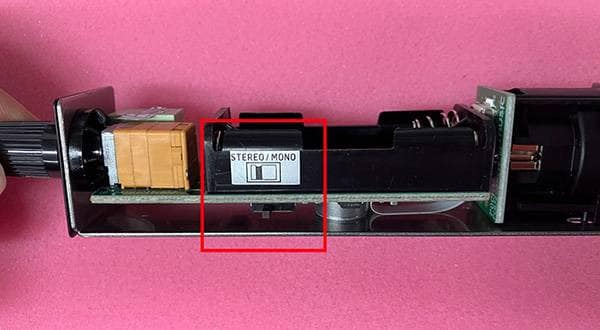

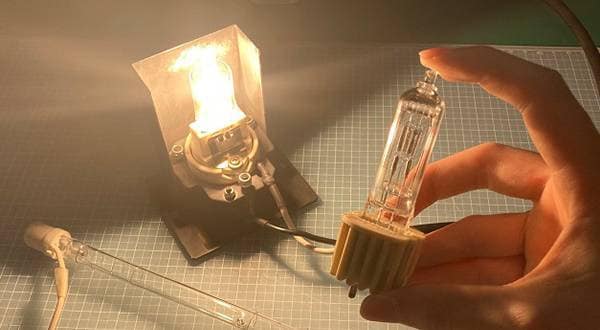
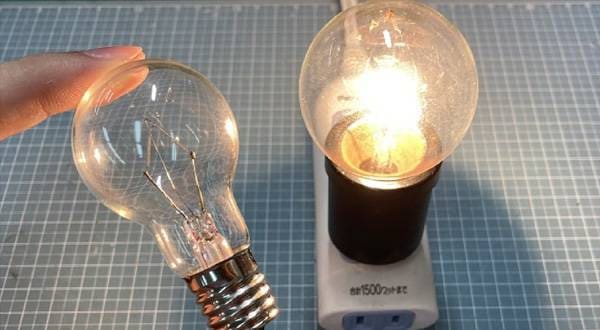
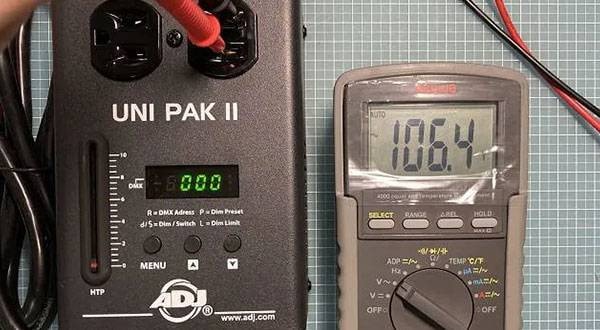
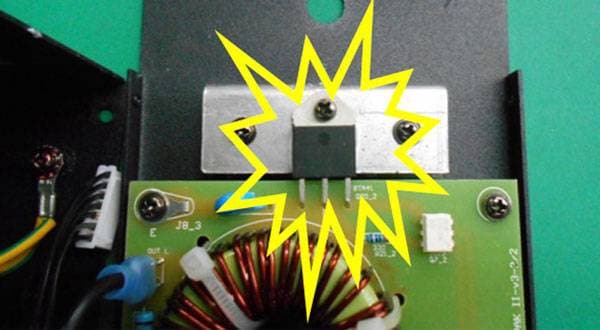
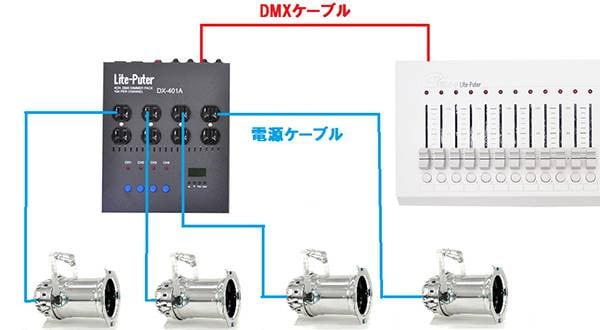
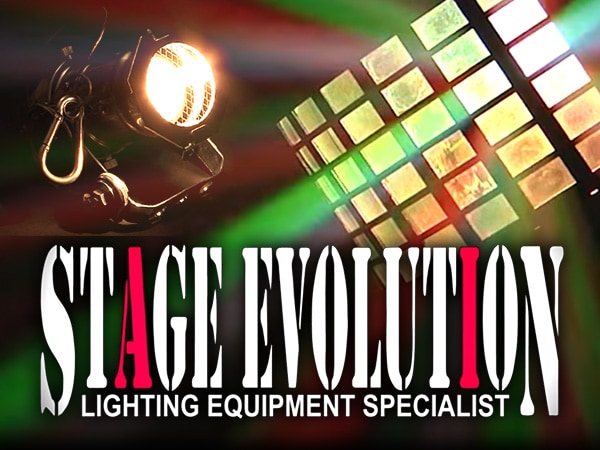 STAGE EVOLUTION ステージ照明
STAGE EVOLUTION ステージ照明
 AMERICAN DJ ステージ照明
AMERICAN DJ ステージ照明
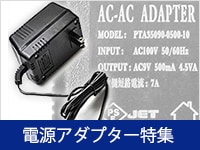 電源アダプター特集
電源アダプター特集
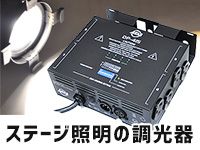 ステージ照明の調光器
ステージ照明の調光器
 小さなパーティでも役立つカッコイイ照明機材
小さなパーティでも役立つカッコイイ照明機材
 照明入門講座
照明入門講座















